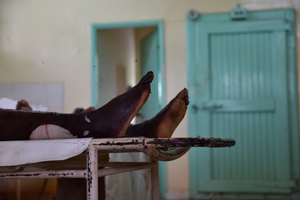New York: About 40 million deaths were avoidable in 2019 and the economic value of reducing these avoidable deaths is equivalent to 23 per cent of annual global income, two papers published in journal Nature Medicine have revealed.
These deaths could have been prevented or delayed if individuals in all countries had access to the best available healthcare. It also means that globally, populations would be willing to give up about one-fifth of their current income in exchange for a year living at the lowest achieved mortality rate.
“The economic value of reducing these avoidable deaths is equivalent to 23 per cent of annual global income, suggesting that significant health improvements could lead to substantial economic benefits and encouraging policymakers to invest more in health promotion and healthcare,” according to Diego S. Cardoso, assistant professor in the Department of Agricultural and Consumer Economics at the University of Illinois Urbana-Champaign in the US.
The second paper “builds on those findings to quantify the economic value of reducing avoidable mortality from noncommunicable diseases and injuries, highlighting the significant financial benefits of such reductions across different regions and causes of death.
“It provides a framework for policymakers to prioritise health interventions by comparing the economic impacts of reducing mortality with other sectors,” Cardoso said.
The two new papers by a global research team highlighted the economic value of reducing avoidable deaths.
The researchers estimated the economic value of reducing avoidable mortality, defined as the difference between observed (or projected) mortality and lowest achieved (or projected) mortality, by world regions, sex, and age, between 2000 and 2021, with projection to 2050.
“Under the rapid-progress scenario, in which countries experience fast but plausible mortality reductions from 2019 to 2050, we would expect globally the gap between projected and frontier life expectancy to be halved by 2050, and the economic value after achieving this scenario is equivalent to 14 per cent of annual income,” the authors noted.
–IANS


Comments are closed.